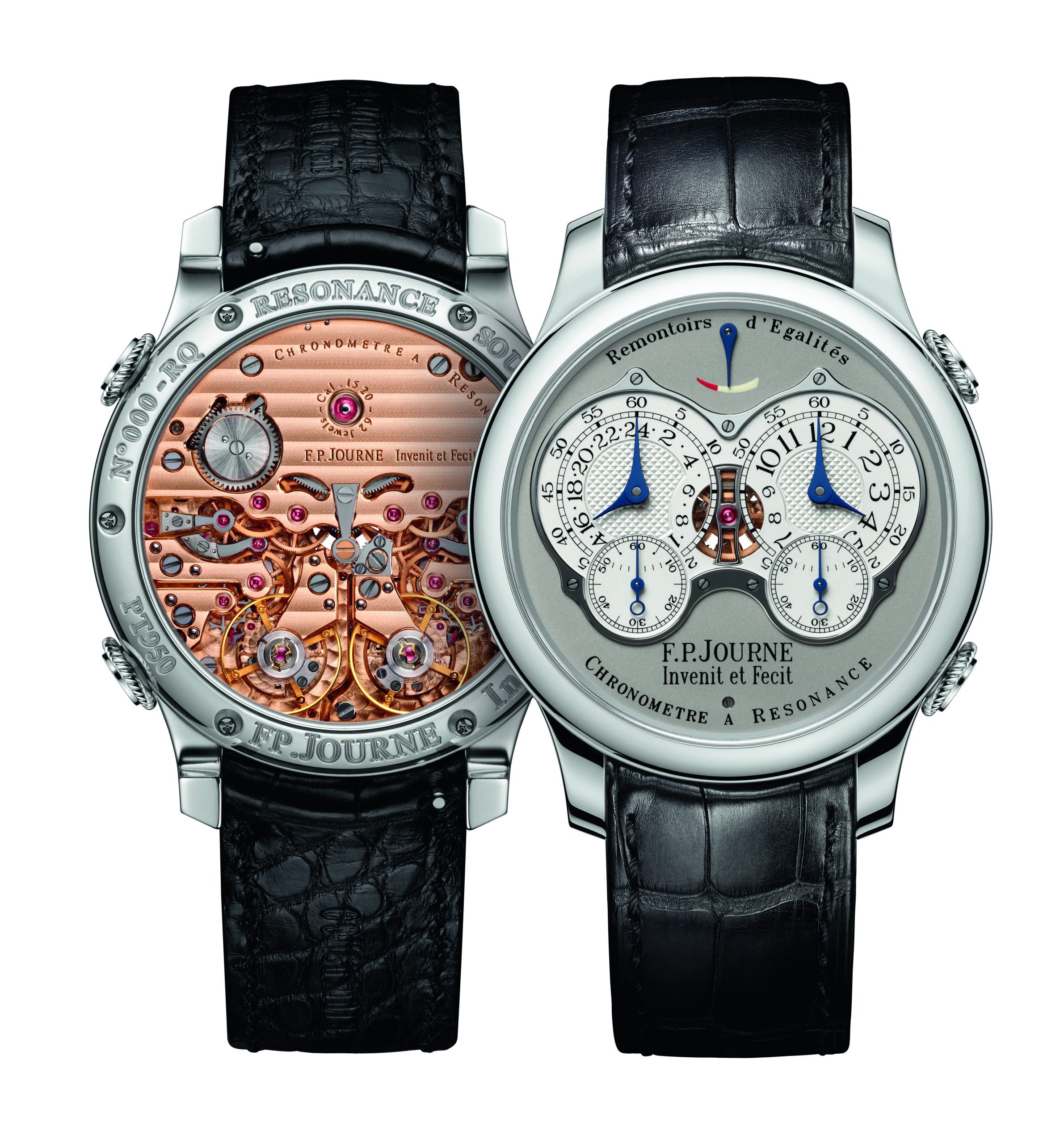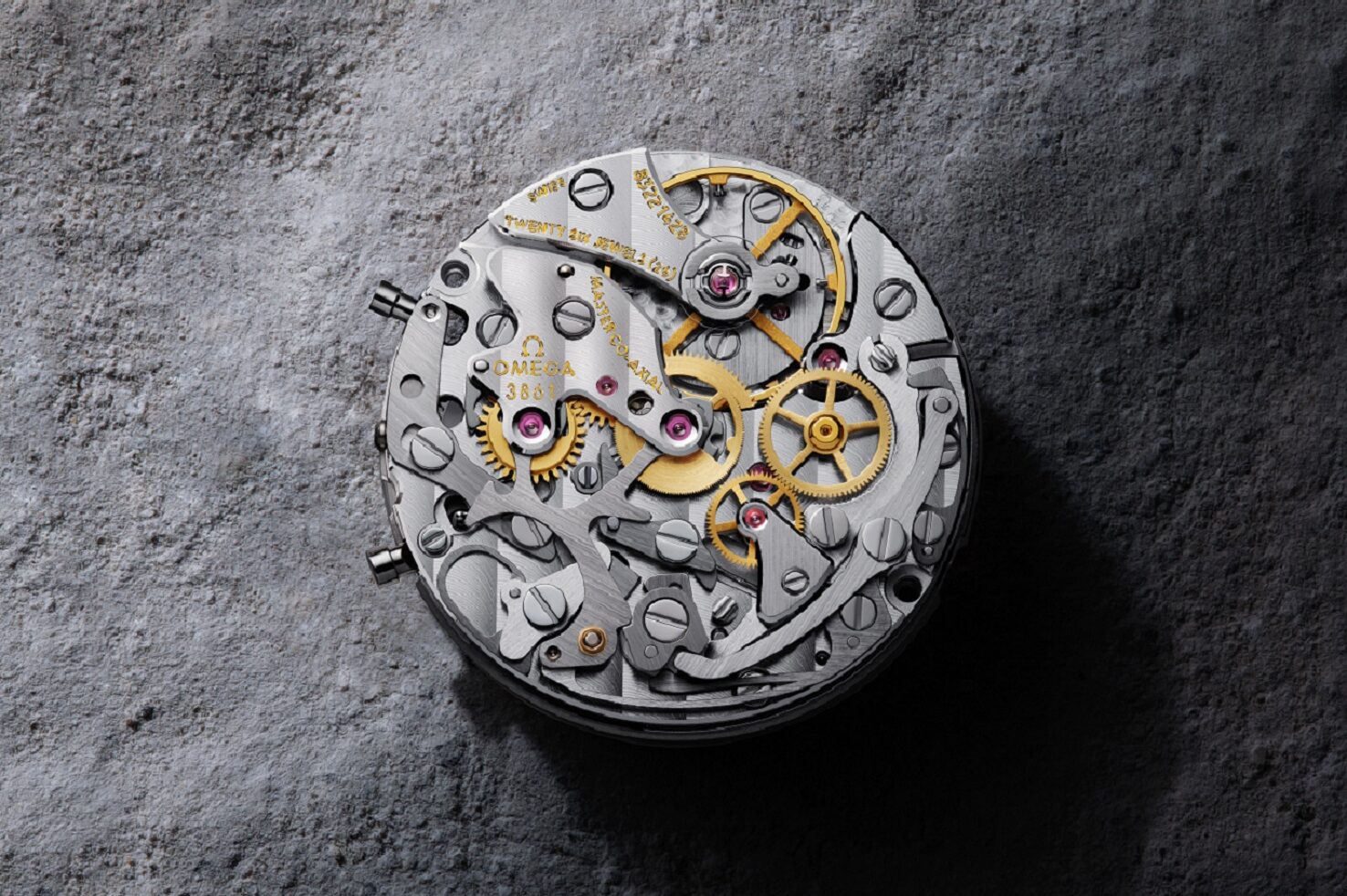Watchmaking as an art form has changed very little in the past 200+ years since early brands like Blancpain, Jaquet Droz, and Vacheron Constantin first began producing watches in the 1700s. Many significant milestones, such as luminescent hands and indices, water resistance, the unidirectional rotating bezel, or the automatic chronograph function, surfaced in the 1900s–still relatively recent in watchmaking history. It has been even more recent that watchmakers have started pushing the bounds of tradition, and it began with the work of George Daniels in the 1970s.
George Daniels
George Daniels is best known for the invention of the co-axial escapement in 1974. At the time, this marked the first practical new watch movement created in over 250 years. Why was the co-axial escapement so revolutionary? Friction is one of the biggest challenges faced in watchmaking. Reduce friction, and you improve mechanical efficiency, stability, precision, and accuracy. The co-axial functions with a system of three pallets that separate the locking function from the impulse. Instead of sliding friction, it uses radial friction at the impulse surfaces. This significantly reduces the sliding friction of the pallet stones over the teeth of the escape wheel. In turn, it eliminates the need to lubricate the pallets.

Since the creation of the co-axial escapement, watches that use its technology can achieve levels of performance that were previously unimaginable for series-production mechanical timepieces. While it’s easiest to understand the significance of the co-axial escapement from a practical or technical perspective, the impact of Daniels’ invention runs deeper.
When he created the co-axial escapement in 1974, the watch industry was amid the Quartz Crisis, and the mechanical watch sector was fighting to prove its relevance in a rapidly changing market. Daniels’ breakthrough demonstrated that mechanical watches still had room to evolve and could keep up with the times. In the face of a significant moment that questioned the future of mechanical watches, Daniels’ pioneering spirit made him the father of modern watchmaking.
Vincent Calabrese and Svend Andersen
In 1985, watchmakers Vincent Calabrese and Svend Andersen established a community of independent watchmakers called the Académie Horlogère des Créateurs Indépendants (AHCI) with the mission to break down and reconstruct the rules of watchmaking. In the past three decades, AHCI members have won 27 prizes at the Grand Prix d’Horlogerie de Genève, including the 2010 Special Jury Prize for outstanding contribution to the development of Haute Horlogerie. Overall, the AHCI’s work has been instrumental in preserving watchmaking traditions while inspiring discoveries, inventions, and creative development of the art form. George Daniels was among the AHCI’s early members, and today, the group boasts a collective of 35 watchmakers, including Felix Baumgartner, François-Paul Journe, Philippe Dufour, and Kari Voutilainen.

Felix Baumgartner and Martin Frei
Felix Baumgartner and Martin Frei make up the brand Urwerk. The duo founded the company in 1997 on the guiding principle of designing and crafting Haute Horlogerie watches with a balance of both traditional and futuristic aspects and without the confines of market trends. That same year, they unveiled their first two watches with the Académie Horlogère des Créateurs Indépendants (AHCI) at Baselworld. These models drew inspiration from a 17th-century clock created for Pope Alexander VII with a unique wandering hour indicator. This core element on a miniaturized scale has become the brand’s signature and perfectly exemplifies how this breed of watchmakers is continuing to pull from watchmaking history while simultaneously propelling the art form into new territory.
François-Paul Journe
Around the time Baumgartner teamed up with Frei to form Urwerk, François-Paul Journe was establishing his namesake brand. In 1999, he presented his first collection with the signature “Invent et Fecit”–”Invented and Made.” He is most notable for his resonance watches and for creating a revolutionary, serial production electromechanical movement.
The principle behind resonance watches dates back to the 1700s with a watchmaker named Antide Janvier, who built a clock with two complete movements and two precision escapements placed nearby, ensuring the two pendulums were hanging from the same construction. Here, the pendulums recovered the energy dissipated by one another and began to beat together, entering into resonance. Decades later, Abraham-Louis Breguet began making pocket watches based on this same principle.

In 2000, Journe became the first and only watchmaker to apply this phenomenon to a wristwatch when he debuted his first Chronomètre à Résonance. Over the years, F.P. Journe’s resonance collection has been updated with numerous iterations, culminating in a 20th-anniversary release in 2020 that considerably upped the ante on technical complexity with a new movement, the Caliber 1520 in rose gold.
A more surprising release from Journe came in 2014 with the debut of his Élégante collection. The Élégante is a quartz watch, which, as you can imagine, was a polarizing concept. However, in typical fashion, Journe provided a new take on the technology that once put the mechanical watch industry in crisis.
The electromechanical movement of the Élégante operates similarly to that of a hybrid car. It senses the wearer’s movement, and if it’s sedentary for 30 minutes, it shuts down. Once the watch is back in motion, the hands readjust to the correct time. In addition, there are two separate motors to reduce power loss from friction in the gear train. The patented combination allows the battery life to extend for eight to eighteen years, depending on the frequency of wear, compared to the lifespan of your average quartz movement, only two to three years.
Philippe Dufour
Like Urwerk and Journe, Philippe Dufour also builds on past innovations as inspiration for his timepieces. One of his earliest and most highly touted creations is the world’s first Grand Sonnerie wristwatch. For the design, he drew from an early 20th-century Grande Sonnerie pocket watch by Reymond Freres, modifying the extremely complicated striking mechanism to wristwatch specifications. This watch put Dufour on the map and gave way to his first true serialized model: the Simplicity. As the name suggests, the Simplicity is a departure from the intricacy of the Grande Sonnerie and fully embodies the cliché less is more. This quintessential three-hander proves byzantine complexity is not required to make a modern timepiece successful.
Kari Voutilainen
Kari Voutilainen is a bit of a departure compared to the other makers we’ve covered. The Finnish watchmaker began presenting his namesake watches in 2005, and he has been lauded for his versatility in functionality and design. He owns one of the industry’s most in-demand dial-making facilities and his movement manufacturer. In addition, he recently acquired the historic Danish watch brand Urban Jürgensen, taking the seat as CEO.
Voutilainen is a critical player in catapulting the watch industry into the future. He believes many watch brands have lost touch with the imagination and creativity at the core of watchmaking, focusing too profoundly on styles or technology that will be most profitable. Between each of his lucrative ventures, he proves that modern watchmakers can still be successful without compromising the integrity of the art form.
The Rise of Independents
These members of the Académie Horlogère des Créateurs Indépendants represent just a tiny subset of the growing number of independent watchmakers making waves in the watch world. In the past decade, their success has extended beyond the collector community and captured the attention of the industry at large. Today, trade shows like Watches and Wonders (formerly Salon International de la Haute Horlogerie) are traditionally reserved for watchmaking giants like Cartier, IWC, and Jaeger LeCoultre have opened up to allow an increasing number of independent exhibitors year over year.
Seeing this recognition set a pace for the rest of the industry is exciting. Based on the way things are trending, we expect to see more and more independents rising to prominence for the foreseeable future.







